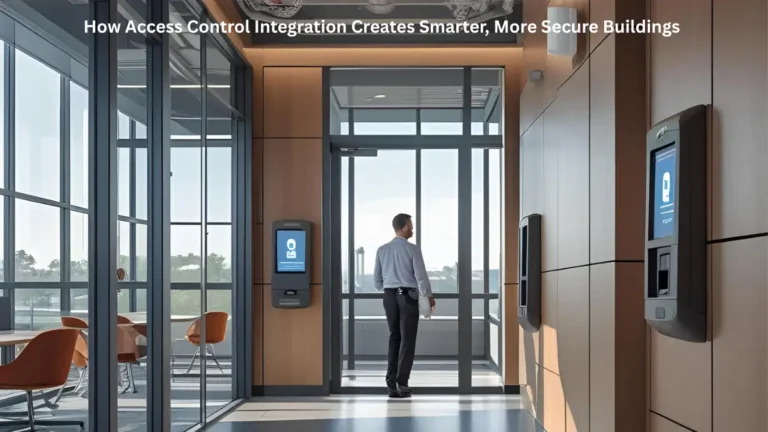The Internet is emerging as the most demanding thing in today’s globalizing world. Set up Free Wi-Fi can be a step in this direction of providing the internet. This can attract and let you connect with customers and potential clients for your business. Setting up Wi-Fi means making hotspot accessible to customers, which offers internet via WLAN and allows your customers to browse through the web.
It opens many opportunities for your business also:-
- Increasing customer engagement as according to a survey, 53% people are happy to sit where Wi-Fi is available.
- It boosts your sales as customers become more engaged and spend more time at your place.
- It can increase your social media marketing as tagging and posting on social platforms is now a new trend. Customers can add or search about your business and give you a boost.
- Providing free Wi-Fi at your place increases the chance of customer trueness. With enhanced use and time at one place, it tends to double the chance of visiting.
To set up free Wi-Fi, the following guidelines to take into consideration:-
1. Good Wi-Fi connection –
Offering is just not the case, and the provided Wi-Fi must also be speedy and tested. Buffers and slow connections can easily be frustrating. Several factors can play a role in this, such as the use of old types of equipment as router or modem, heavy load, possible location, or clogging of the network.
2. Reliable ISP –
You must choose a reliable and affordable ISP. It stands for Internet Service Provider that acts as an access point and provides you with everything available on the Internet, from sending emails to doing research. The famous ISP providers are AT&T, Comcast Xfinity, and Time Warner.
3. Bandwidth service –
Bandwidth is the maximum amount of data transmitted over an Internet connection in a measured amount of time. It is calculated in Mbps. If there is to set up Wi-Fi for customers, there will be several devices and members, hence needing more bandwidth to keep up and you can go to this site and how to increase your bandwidth. The estimated amount of bandwidth that will be needed means understanding what type of browsing your customers will want to do and how many devices you’ll be supporting. Customers may experience slow browsing if the network speed or bandwidth is too low. If that is the case, there can be a restriction for streaming from specific sites, such as Netflix or YouTube’s continuous use or not allowing peer-to-peer downloading. This step with a content filtering tool to prevent high bandwidth usage from single users could help to lower the stress on the network.
4. Appropriate equipment-
Using appropriate equipment pieces is much essential to support your connection for use. Internet modem and a router are devices to use as modem converts the raw signal of ISP into one to use. It works in this direction as it modulates one or more carrier wave signals to encode digital information for transmission and demodulates signals to decode the transmitted information. Hence producing a signal that can be transmitted easily and decoded reliably to reproduce the original digital data. On the other hand, the Router acts as a dispatcher while choosing the best route for your information to travel. Also, it enables access to the internet from multiple devices.
5. Separating it from the business network –
To protect your network from attacks and to clog, there must be a separate network from what you provide to customers and instead set up a separate public wireless network for customers. You must enable Service Set Identifier (SSID) technology to allow guests/customers to use WiFi while keeping your business network walled off from customers.
Also, be sure to choose a secure password for the network. You can enable WPA ( standing for WiFi Protected Access) /WPA2 encryption for the network for adding more security as they are stronger. Not only your business, but it will also prevent customers’ information from being compromised. Don’t forget to turn off the SSID to your private network so that customers cannot see it.
6. Idea of the captive portal –
A captive portal is a web page that is displayed to clients and newly connected customers using Wi-Fi before granting access to the network. It contains terms of use that the customers or users must agree to. This can be a key to limiting your liability both in terms of customer uses and not wanting to be responsible for a customer’s illicit actions online.
7. Sharing the password –
You must share the protected password with customers and potential clients. The idea of hanging a signboard informing about the available network is a good one. One other thing is setting a password that changes daily and is given only to those you do business with. This can prevent your Wi-Fi from being accessed by anyone on the street, which can slow down your connection and ruin the experience for your customers.
Also read about: Best Wireless Routers for Every Internet User




